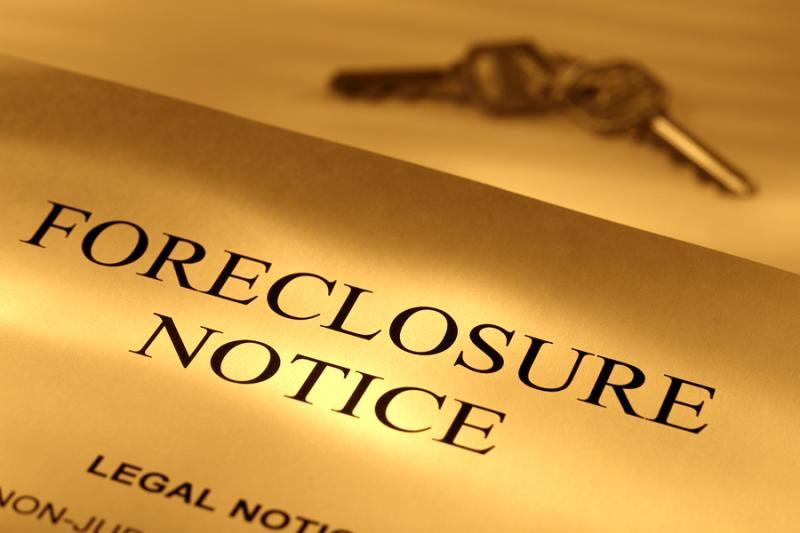Is Your Lease Safe?
June 5th, 2012
With the rise of commercial foreclosures, how can tenants best protect themselves and their commercial leases?
The majority of leases provide that the tenant subordinates their interest in the property to the lender’s lien on said property. Subsequently, new lenders will not lend unless this is assured. In the instance of a default, this scenario allows a foreclosing lender the right to evict any current tenants.
Tenants wishing to combat this problem may request a non-disturbance agreement within the lease which assures the tenant’s rights to the premises are preserved even if the landlord defaults on their loan and the lender consequently forecloses.
Non-disturbance agreements are generally obtained through the more inclusive SNDA agreement. A SNDA agreement is the collection of subordination, non-disturbance, and attornment agreements. Within this arrangement, the tenant is 1) agreeing to subordinate to the lender’s lien, 2) protected from foreclosure eviction, and 3) agreeing to continue their obligations under the contract (attorning) in the event of a new landlord following foreclosure.
SNDA agreements may not always be an option, however. According to Mitch Kirshner (Mitchell B. Kirshner P.A.), a specialist in real estate transactions, “Oftentimes landlords will not put an SNDA provision in the lease of a tenant with a small square footage. But a tenant taking a large space or otherwise paying a lot of rent will typically have the negotiating power to obtain the non-disturbance provision in its lease.”
As a small business with less negotiating power, the best course of action is to do your homework on the ownership, lender, and financing of the building you are considering leasing. A good, knowledgeable broker will be able to determine the financial health and stability of both the landlord and property.

Leave a Comment